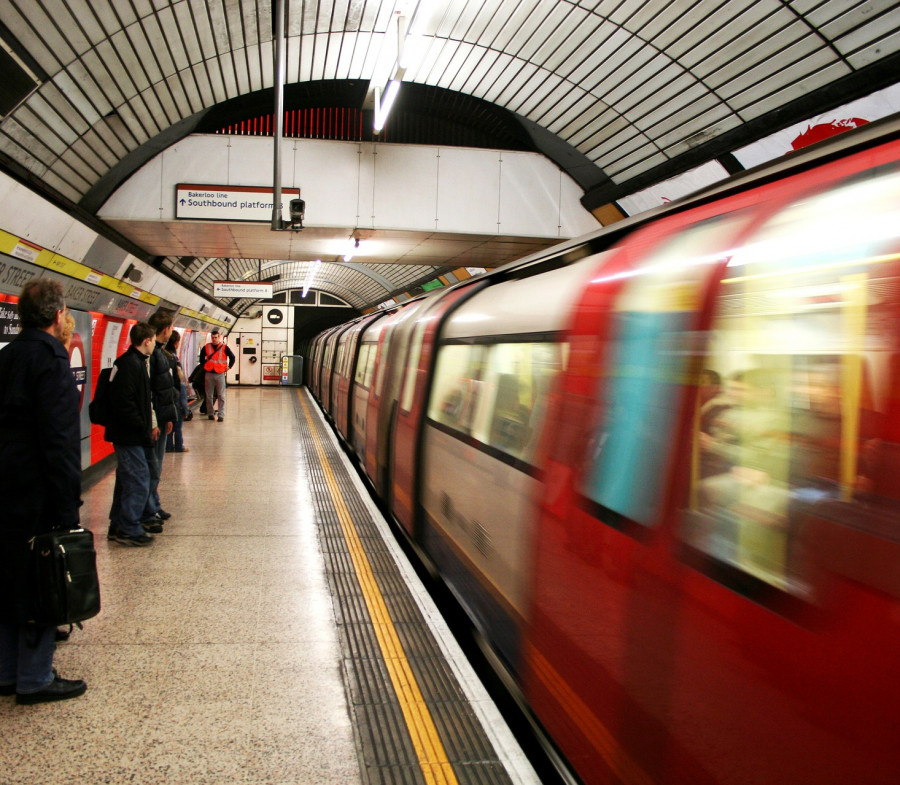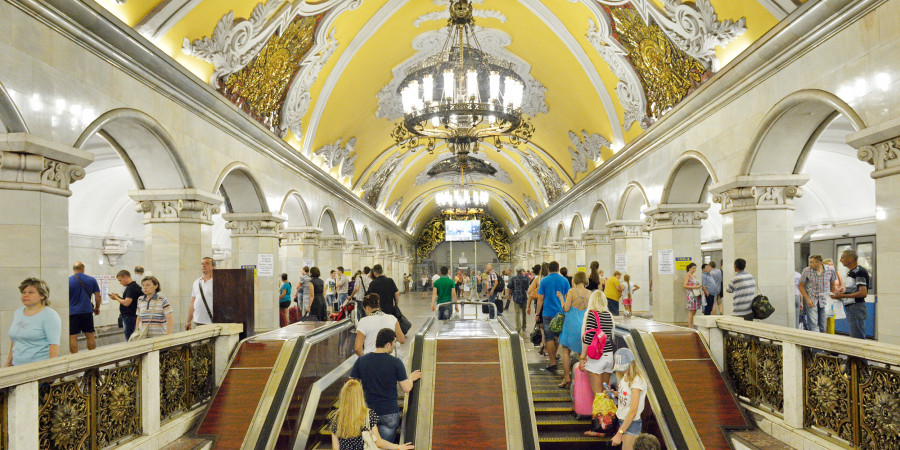Metro in Montreal
Introduction
Metros are very often the fastest and most energy-efficient way to get around a city. They run on electricity and can easily be powered by renewable energy sources. With lines circulating on segregated infrastructure, metros avoid traffic jams and can transport large amounts of people, making them the backbone of many cities.
Length of public transport routes
71 km
Compare dataCovid-19 ridership fall
54.8 %
Average daily ridership during a work day
1,221,700
Compare data
Number of public transport stops
68
Compare dataPublic transport ridership
75,315,718 Journeys
Compare data
Schedule compliance/punctuality
98 %
Average headway during peak times
5 min
Compare dataCovid-19 change in service - VKM
100 %
Fleet of public transport vehicles
972
Compare dataVehicle-kilometres in operations
86,900,000
Compare dataLength of dedicated PT operational infrastructure
this is a test
71 km Per M inhabitants
Compare data
Dedicated Wi-Fi in PT vehicles
No
Compare dataAverage daily ridership during a work day
1,221,700
Compare dataNumber of Metro routes
This indicator records the number of lines in metro network. When two or more lines share the same infrastructure, the line is counted only once; branch lines are considered when the branch infrastructure is proportionately relevant with regards to the length of the full line.
4
Compare data